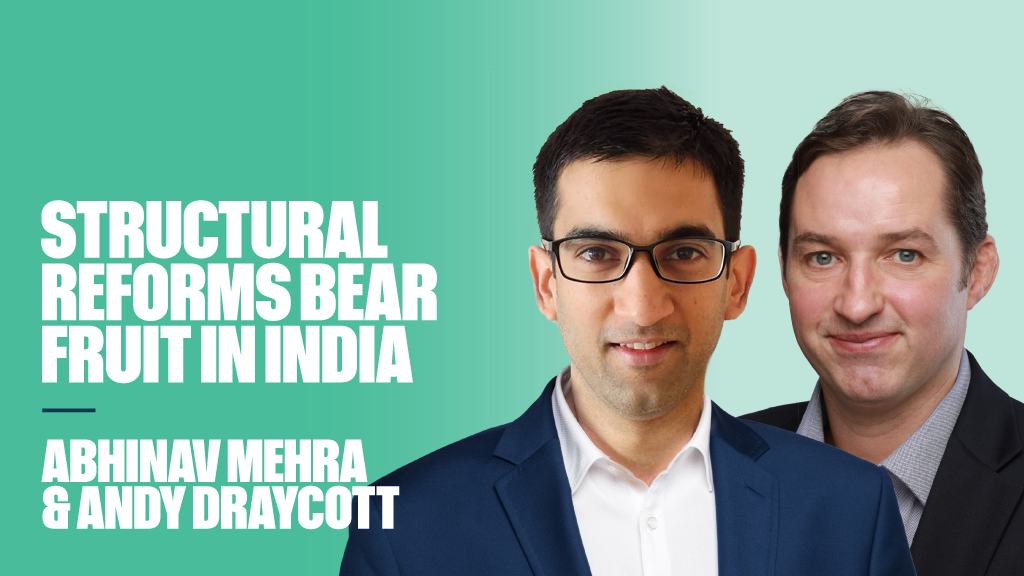With Targeted Absolute Return consistently among the best-selling Investment Association (IA) fund sectors, it is clear those strategies making use of full Ucits powers have struck a chord with retail investors.
Does your average retail investor consider the differences between long/short, global macro, market neutral, event driven and multi-asset strategies? Perhaps not. But are they attracted to the promises of diversification and downside protection? Undoubtedly.
With the caveat that growth is never guaranteed, the reputation of the sector has nonetheless been tarnished by funds failing to deliver on their billing of “delivering positive returns in any market conditions”.
To date, 2016 has been one of those years when strategies have come under pressure. Over 12 months to the end of April, only FX strategies delivered an aggregate positive return, according to Kepler’s Absolute Hedge Index. The equity long/short sector benchmark was down 4%, and macro fell 4.3%.
Fund pickers are tolerant of short-term underperformance as long as absolute return funds smooth out long-term portfolio performance and protect clients from violent market swings. Beyond the usual questions about what a manager plans to do and where, things can go wrong, Investec Wealth & Investment senior investment director Nick Sketch says additional due diligence is key.
“With funds in this sector, the most common extra questions are probably whether the aim is realistic; whether they are doing what they aim to do; and whether they are spending enough in terms of risk budget to generate a decent return after costs.”
Above and beyond
Sketch also questions the definition of absolute return, which could be extended beyond the IA sector to include long-only ungeared multi-asset funds that aim for absolute returns, such as Ruffer Total Return, hedge funds, structured products and bond funds that can have a negative effective duration on a portfolio.
“There are many useful investments that could be labelled absolute return, including hedge funds such as Highbridge Multi-Strategy or Aspect Diversified Trends. But it also includes the likes of Standard Life’s Global Absolute Return and Global Focused strategies or Artemis Strategic Assets.











